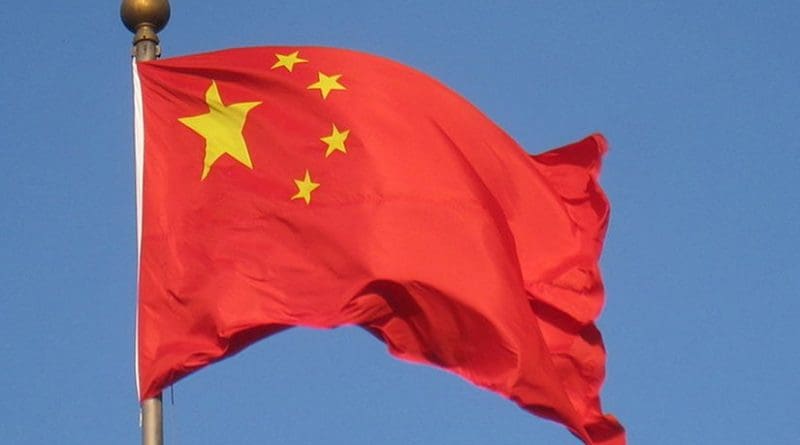To Continue Growth, Keep Out Of Conflict – OpEd
When the Soviet Union was there, a field called Kremlinology was prevalent in the West. It was the study of the secretive Kremlin to understand and fathom what was happening behind the iron curtain. Things such as chair placement, who sits next to whom, etc was supposed to give an idea on how Soviet economy is supposed to perform. It was pseudoscientic, and most of it was of course threat inflated guesswork. Obviously sitting arrangements might give a hint of who within the Kremlin walls are falling out of fashion or not, but in no way can it give any hint about the overall direction of the country. Naturally the Kremlinologists couldn’t for the love of God, predict anything about Soviet economy, and couldn’t foresee the primary reason behind Soviet collapse.
In recent days, something similar is back in vogue. There is a steady stream of prediction about Chinese economy. As recently as in Davos forum last year it was predicted that Chinese economy was in for a hard landing. It wasn’t. China’s economy actually grew 6.9 percent in the first quarter from a year, which was slightly better than expected, as well as predicted.
Last month Premier Ki Keqiang suggested that 6.5 percent would considered an optimum growth, although higher if possible could be achieved. Even Reuters predicted 6.8 percent, which was what Chinese growth has been hovering for around two years.
BBC reports that China’s National Bureau of Statistics said the economy maintained momentum from the second half of last year. Apparently the supply side reforms result is coming along. The growth is fueled by the rise in domestic consumption, as China focuses on domestic market strength. Retail rates jumped 10.9% in February. Booming property market is another cause of growth. As well as one of the primary drivers of economy, which never fails, domestic infrastructure projects.
Also, a weak yuan helped in growth boost. In August, People’s Bank decided to change the fixed trading ban. After the resulting market panic, the currency weakened, and trade was boosted. As Forbes reported, by major sector, the industrial sector picked up to 6.4% in year-ago terms from 6.1% a quarter earlier, even when service sector fell from 8 something percent to 7.7 which wasn’t negligible, but not big enough.
But stability is a fleeting concept, and no one should be complacent. There are two factors which will be stable in Chinese economy, and it will take time to manage those two. First of all, maintaining the pace of service sector reform is tough. Yes, China needs more houses and roads, and infrastructure will continue to provide growth potential. But growth based on infrastructure fluctuates. Second, China is in the zone of middle income trap and that’s fine, considering Chinese domestic market is still not purely and uniformly consumerist as the West.
But those are economic considerations. Another important consideration, often overlooked is geopolitics. China also needs to continue to make sure that Yuan remains weak, compared to Dollar. Geopolitical stability is a key factor in this. With the Korean peninsula extremely volatile, all efforts must be concentrated to avoidance of a war in Chinese backyard. Any geopolitical uncertainty would affect trade and export, and weaken the dollar, not to mention the increased cost coming from actual crisis situations.
The Chinese economy grew for the last 26 years, not just for economic measures, which are indeed extraordinary. But what’s often forgotten is that China avoided geopolitical entanglements. That needs to continue. As long as China can lay of geopolitical trouble, those hard landing people would have to revise their predictions every year. As Sun Tzu said, throughout history, there is no instance of a country having benefited from prolonged warfare. China should avoid conflict at all cost as well.
This article was published at Bombs and Dollars

